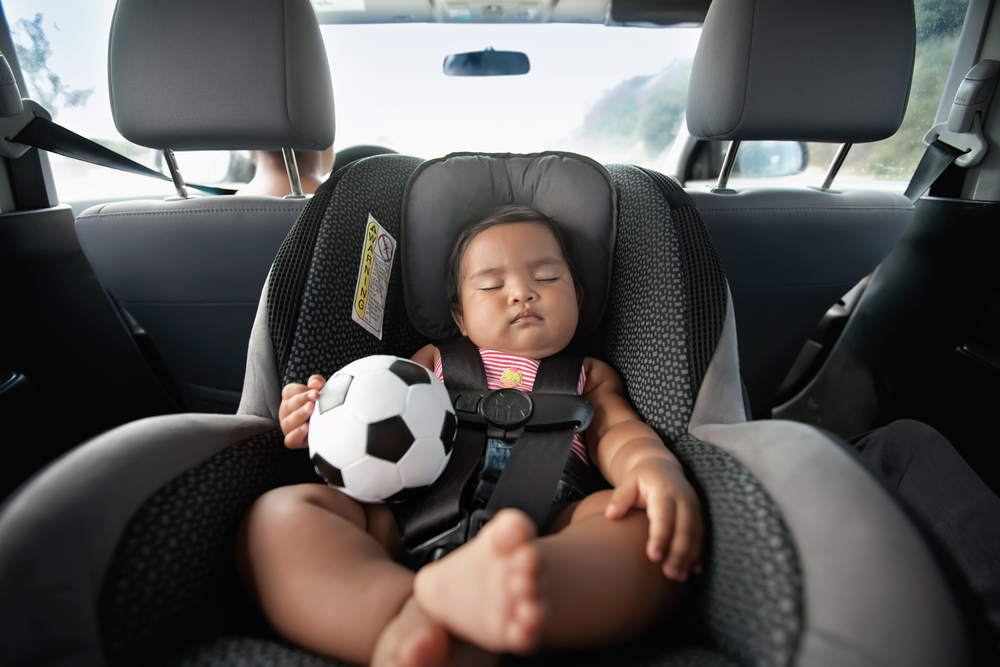Reduce the risk of being on the road with your infant or toddler by knowing and understanding car seat safety
When it comes to keeping your infant or toddler safe during your travels, car seats are one of the most valuable assets that you will ever purchase. Your child will spend a lot of time in the car with you from babyhood and beyond, and aside from driving carefully, understanding car seat safety is one of the steps you can take to lessen the potential dangers of being on the road.
Taking time to understand proper car seat usage will pay off in peace of mind.
Car seat suggestions for safety
Car seats reduce the risk of death by as much as 71% with proper usage, yet more than half of child safety seats are installed or used incorrectly. In the U.S., preventable injuries such as road-related incidents are the leading cause of death for young people between the ages of 1 and 24.
Infants are at risk in automobile accidents because of their developing spines and the size and weight of their heads. If a baby is riding in a forward-facing car seat and experiences a crash, their spinal cord may stretch which could result in a serious injury or death.
In a rear-facing seat, the car seat cradles the head, neck, and spine, providing extra support. Infants or toddlers should ride in a rear-facing car seat until they reach the age of 2 or the minimum weight limit defined by the car seat’s manufacturer.
Additional car seat safety tips for your baby or toddler include:
- The shoulder straps of the safety harness should be at or just below your baby’s shoulders, with the chest clip clasped at armpit-level.
- The harness should be snug, and the straps should lie flat without twisting, sagging, or folding. Don’t place a blanket or heavy coat between your child and the harness. If cold, place a warm blanket on top of the baby once they are securely buckled in.
- There should be at least 1 inch between the top of your baby’s head and the top of a rear-facing car seat. If your baby’s head is too close to the top, they are outgrowing the car seat.
- The car seat should always be placed in the backseat of the vehicle. The front seat offers less protection and increases the chances of air bag injuries.
- Once your child outgrows the rear-facing seat, it’s time for a forward-facing seat with a harness. For maximum safety, keep your child in a car seat with a five-point safety harness for as long as possible based on the manufacturer’s height and weight recommendations. Many car seats can accommodate children up to 65 pounds or more. Don’t rush to move your child to a booster seat – they are much safer in a harness.
When it’s time to install your child safety seat, read the instructions thoroughly, watch any instructional videos that you can find online, and search your local area for a car seat safety clinic. Regional police and fire stations often hold events where they perform car seat checks free of charge.
Don’t just guess when it comes to car seat installation; the extra effort in having the job done right can pay off for a lifetime.
As a parent, your job is to protect your child. Although that’s a big job, when it comes to car seat safety, the research and resources are available to help ensure that your child is as safe as possible when you’re on the road. Educate yourself on car seat safety and travel with confidence.
The Virginia Infant & Toddler Specialist Network helps improve the quality of care for infants and toddlers through extensive resources, services, and education for caregivers. Learn more about how we can help you improve the standard of care.




